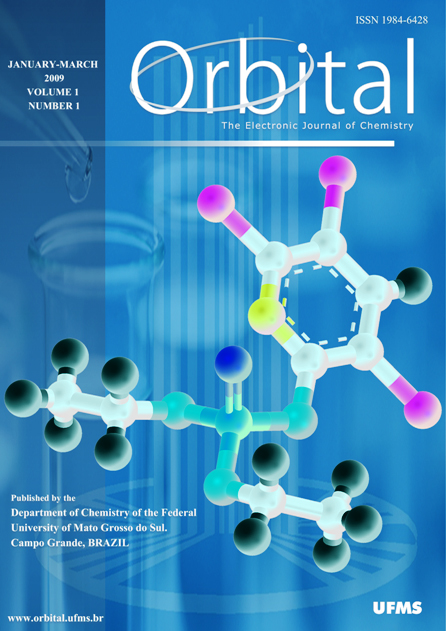From energy-rich phosphate compounds to warfare agents: A review on the chemistry of organic phosphate compounds
Published 2008-12-29
Keywords
- compostos fosfatados ricos em energia; gases neurotóxicos de guerra; trifosfato de adenosina; energy-rich phosphate compounds; nerve agents; adenosine triphosphate
How to Cite
Abstract
The chemistry of the phosphorus-oxygen bond is widely used in biological systems in many processes, such as energy transduction and the storage, transmission and expression of genetic information, which are essential to living beings in relation to a wide variety of functions. Compounds containing this bond have been designed for many purposes, ranging from agricultural defense systems, in order to increase food production, to nerve agents, for complaining use in warfare. In this review, features related to the chemistry of organic phosphate compounds are discussed, with particular emphasis on the role of phosphate compounds in biochemical events and in nerve agents. To this aim, the energy-rich phosphate compounds are focused, particularly the mode of their use as energy currency in cells. Historical and recent studies carried out by research groups have tried to elucidate the mechanism of action of enzymes responsible for energy transduction through the use of biochemical studies, enzyme models, and artificial enzymes. Finally, recent studies on the detoxification of nerve agents based on phosphorous esters are presented, and on the utilization of chromogenic and fluorogenic chemosensors for the detection of these phosphate species.

